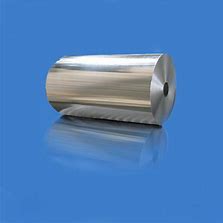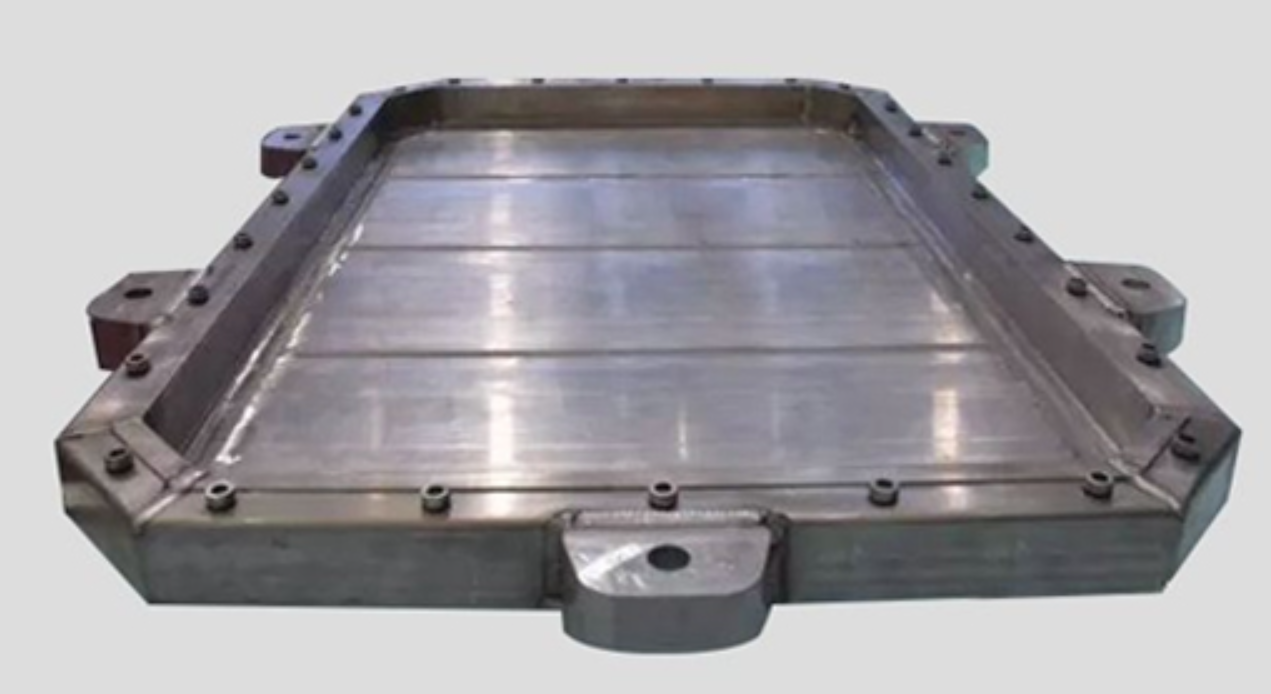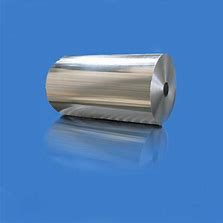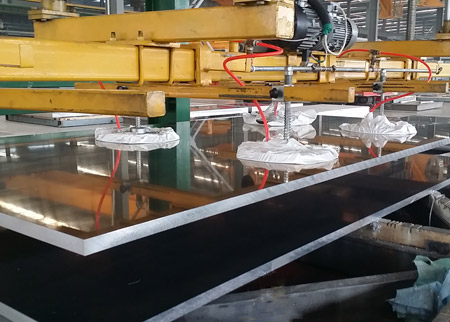



Aluminum foils are widely used in various industries due to their exceptional properties. These properties include high reflectivity, low emissivity, malleability, and barrier properties. The thickness of aluminum foil plays a crucial role in determining its application.
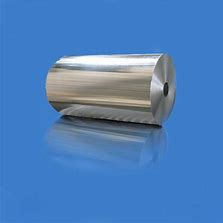
Thin aluminum foil, with a thickness of less than 0.2 mm, is commonly used for packaging applications. The foil's malleability allows it to be easily formed into different shapes and sizes, making it ideal for wrapping food items like sandwiches, chocolates, and snacks. It is also used for blister packaging of pharmaceutical products to protect them from external factors like moisture, light, and oxygen.
Medium aluminum foils, with a thickness between 0.2 mm and 0.4 mm, are commonly used in the construction industry. It is used as a vapor barrier to prevent moisture from entering the building. It is also used as a reflective insulation material in roofs and walls to reduce heat transfer.
Thick aluminum foil, with a thickness of more than 0.4 mm, is used in heavy-duty applications. It is commonly used in the aerospace industry for manufacturing aircraft parts like wings, fuselages, and engine components. Thick aluminum foil is also used in the automotive industry for manufacturing parts like radiators, heat shields, and exhaust systems.
In conclusion, the thickness of aluminum foils play a significant role in determining its application. Thin foils are used for packaging, medium foils are used for construction purposes, and thick foils are used for heavy-duty applications in the aerospace and automotive industries.
* Thank you for your inquiry. Please provide your business needs information so that we can better serve you.
This information can help us assign the most suitable person to solve your problem. We will give you feedback within 1-2 working days.
Related Blog
